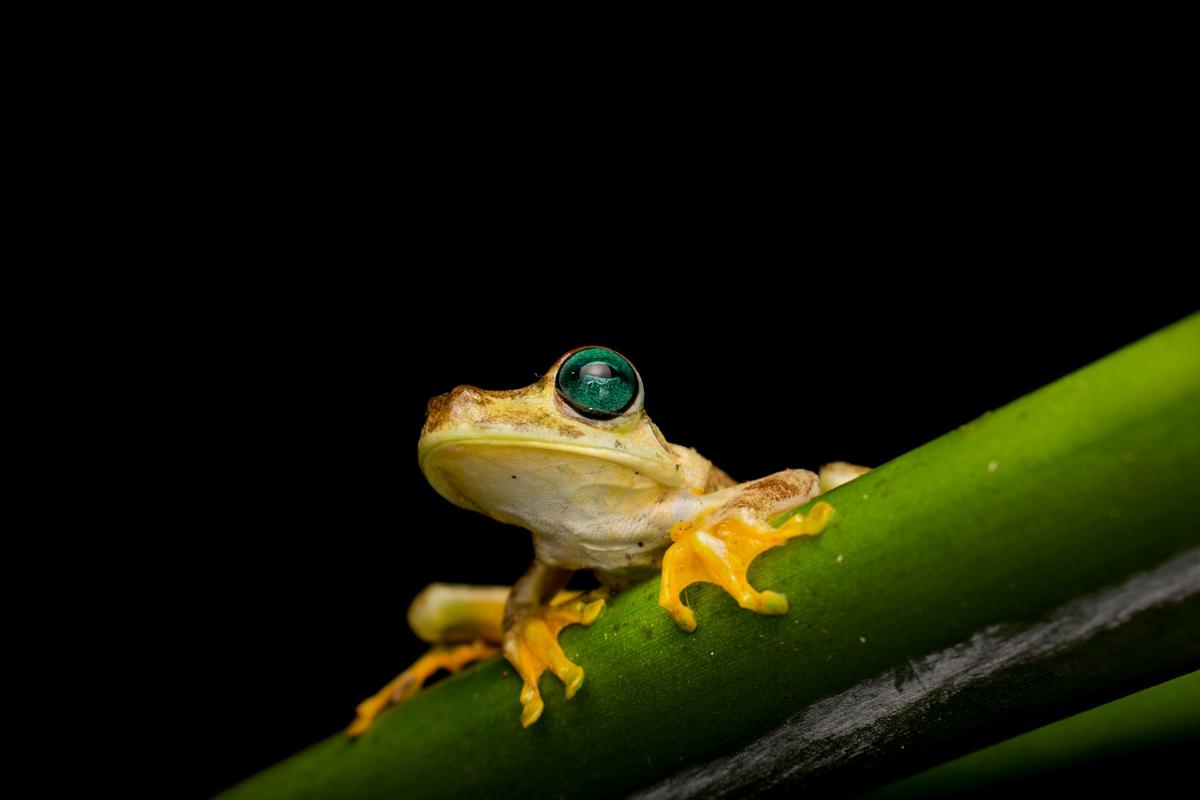
Setting Up the Ideal Enclosure for Your Exotic Pet
Creating the perfect habitat for your exotic pet is a rewarding challenge that requires careful planning and a touch of creativity. Whether you’re housing a chameleon or a sugar glider, understanding their specific needs is key to their health and happiness.
Understanding Your Exotic Pet’s Needs
Before setting up an enclosure, it’s crucial to understand the specific needs of your exotic pet. Each species has its own habitat requirements, from temperature and humidity to space and enrichment.
Expert Opinions
According to Dr. Amanda Smith, a renowned exotic pet veterinarian, “Creating an environment that mimics an exotic pet’s natural habitat is essential for their physical and mental well-being.” This means researching their natural ecosystem and making adjustments to your pet’s enclosure accordingly.
Research Findings
Studies show that reptiles, for example, thrive in enclosures that closely mimic their natural environment. A 2018 study published in the Journal of Herpetology found that reptiles displayed more natural behaviors and had better health outcomes when housed in well-structured, species-specific environments.
Personal Anecdotes
Take, for instance, an exotic pet owner named Emily, who transformed her home into a mini rainforest for her parrot. With the right balance of plants, humidity, and natural light, her bird thrived, demonstrating the power of a well-set-up enclosure.
Setting Up Your Enclosure
- Size Matters: Ensure the enclosure is spacious enough. Birds and reptiles need room to move and explore.
- Temperature and Humidity: Use thermometers and hygrometers to maintain optimal conditions.
- Substrate and Furnishings: Choose appropriate substrates and add furnishings like branches or hiding spots.
Actionable Tips
Consider these steps to create a thriving environment for your exotic pet:
- Research your pet’s natural habitat and mimic it as closely as possible.
- Consult with exotic pet experts or veterinarians for tailored advice.
- Regularly monitor and adjust temperature and humidity levels.
- Incorporate enrichment activities to keep your pet mentally stimulated.
Comparison Table of Common Exotic Pets
| Pet | Temperature | Humidity | Space | Enrichment |
|---|---|---|---|---|
| Chameleon | 70-85°F | 50-70% | Vertical space | Branches, foliage |
| Bearded Dragon | 75-85°F | 20-30% | Horizontal space | Rocks, hides |
| Sugar Glider | 75-80°F | 60-80% | Ample space | Wheels, pouches |
| Parrot | 65-80°F | 40-60% | Room to fly | Toys, perches |
| Tarantula | 70-85°F | 60-70% | Small tank | Substrate, hides |
| Gecko | 75-85°F | 20-40% | Medium tank | Rocks, branches |
| Snake | 75-85°F | 50-60% | Secure tank | Climbing branches |
| Tortoise | 75-90°F | 40-50% | Outdoor pen | Rocks, plants |
Frequently Asked Questions
How often should I clean my exotic pet’s enclosure?
Regular cleaning is vital. Spot clean daily and do a thorough clean weekly to maintain hygiene.
Can I use live plants in my pet’s enclosure?
Yes, live plants can enhance the enclosure, but ensure they are safe and non-toxic for your pet.
Conclusion
Setting up the ideal enclosure for your exotic pet requires thoughtful consideration and a commitment to replicating their natural habitat. By understanding their needs and making informed decisions, you can create a thriving environment that supports their health and happiness. Don’t hesitate to seek professional advice or explore additional resources to learn more about your specific pet’s requirements.